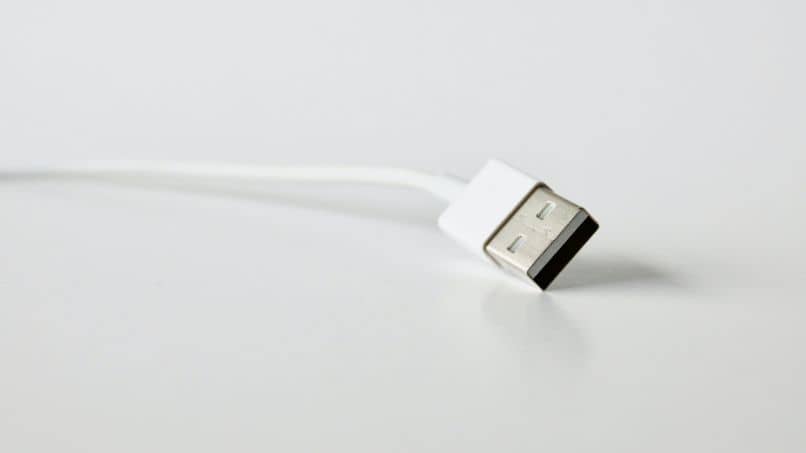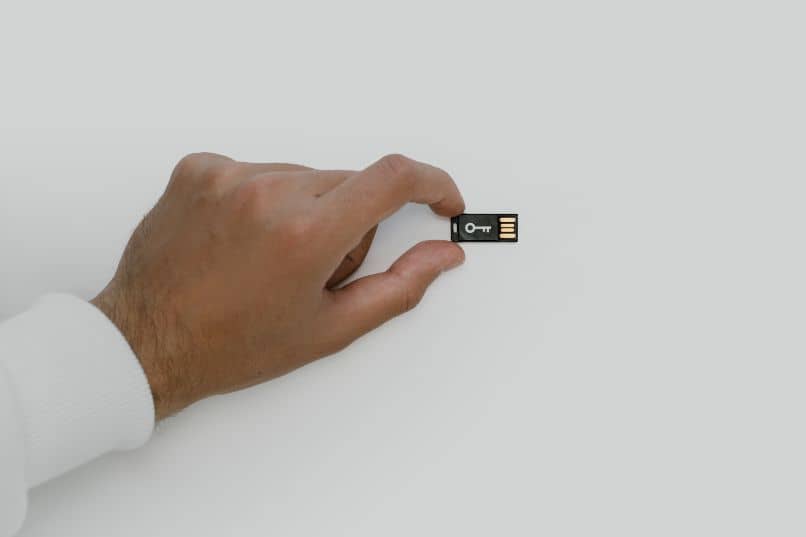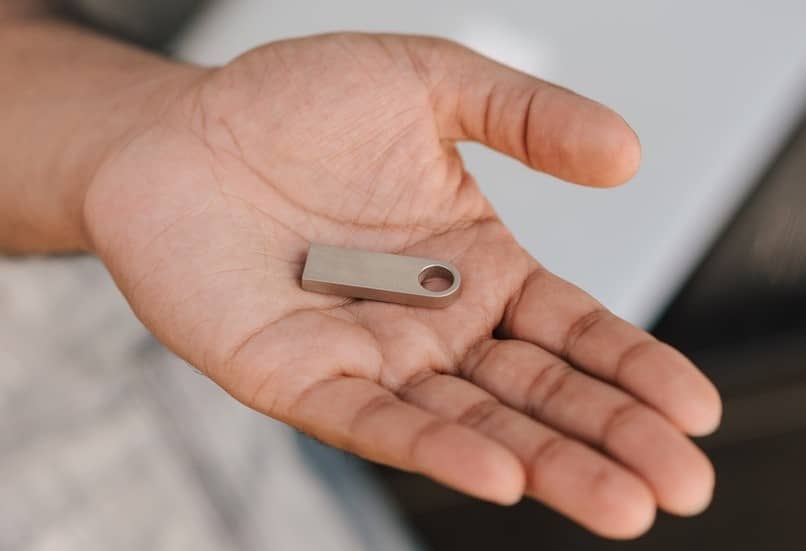How to Fix USB Problems on Windows 10 Computers – Tutorial
–
Unfortunately USB problems are the most common in Windows. In any case, these types of errors can be solved very easily most of the time. Next, we show you various methods to fix USB problems from your computer.
What are the most common reasons why a PC does not recognize a USB device?
There are many reasons why a USB device might not be recognized by the system. Fortunately, in most cases it is possible to find a solution to this problem quickly. The following are the most common causes for a PC does not recognize a USB device.
- Drivers not installed.
- Devices in poor condition.
- Damaged USB port.
- Raw USB drive.
- System unconfigured.
What can we do to solve USB connection problems on a computer?
One possible solution for USB connection problems is to remove the write protection from your storage drive. In any case, there are other basic solutions that can be functional. Next, we list the best methods to fix USB problems.
Restart your computer
When connecting a device to a computer for the first time, the system will install the drivers. This also happens with USB drives automatically, many times restart is necessary of the computer to be able to use the device.
Check if the port works
USB ports are renowned for their outstanding durability, but they are not unbreakable. In fact, if you have problems with the USB connection, check that it is not the port. To check, simply plug the USB device into another port of the computer.
Does it show up in disk manager?
The disk manager can help to verify if the system detects the USB device. This check is useful for rule out that the unit is damaged or there is an identification problem. In turn, it is essential for formatting disks and drives, an aspect that can also cause problems.
- Go to the Start Menu and search for ‘Disk Management’ or ‘Create and format hard drive partitions’.
- Check if the USB drive is ready. If you don’t recognize it, you can be guided by the storage capacity.
- By right-clicking on the unit you have several options. In fact, from here you can format and assign a letter to the drive. Apply some of these methods and consider format your USB stick.

Update your USB drivers
If the connected device requires special drivers, it is best to download them directly from the manufacturer’s website or that you use the cd with the drivers. In any case, Windows also has a system to check the device drivers.
- Go to the Start Menu and search for ‘Device Manager’. Click on that option.
- This is where all the connected devices will appear. Find your USB device and double click on it.
- Go to the ‘Driver’ tab and then click on ‘Update Driver’. Using this option Windows will verify if the device requires a driver update.
Try a new volume
The drive may not have a volume assigned to it. In most cases this causes the USB storage drive not to appear on the system. We can check this by entering the Windows disk manager. Furthermore, from this space we can set unit volume.
- Open the Start Menu and search ‘Disk manager’, run that program.
- Find the USB drive and right click on it, select ‘Extend volume’.
- The setup wizard will appear, click ‘Next’.
- Set the volume according to disk capacity. If you want to use all the space you don’t need to modify anything. When finished, click on ‘Next’.
- Confirm your actions by clicking on ‘Finish’
Energy saving
Power saving functions can be useful for notebook computers. Either way, they don’t represent a huge advantage on desktops. In fact, some users complain about certain problems with energy saving and some of them could be related to the USB device connection.
- Open the Windows start menu and go to ‘Configuration of your PC’.
- Just go to the ‘System’ section and open the ‘Start / Shutdown and sleep’ options.
- Scroll down to the ‘Performance and energy’ section.
- Slide the ‘Power Mode’ bar up to ‘Maximum performance’.

Use the Windows troubleshooter
Using the Windows troubleshooter can be useful when we cannot find a solution to a problem in the system. To effectively apply this tool that Microsoft provides us, you must follow the steps below.
- For this method, press on the Menu Start Windows and type ‘Control Panel’.
- Inside the control panel, look for ‘Troubleshooting’ and enter that section.
- Select ‘Hardware and Sound’ and choose the category applicable to your device. After this, simply follow the steps shown on the screen.
How can I identify if the problem is with my USB device and not with the PC?
The easiest way to check the operation of the device is connecting it to another computer. If the problem persists after connection, the USB device may be damaged. In any case, it is worth reading the instructions for use or contacting the manufacturer / seller.















